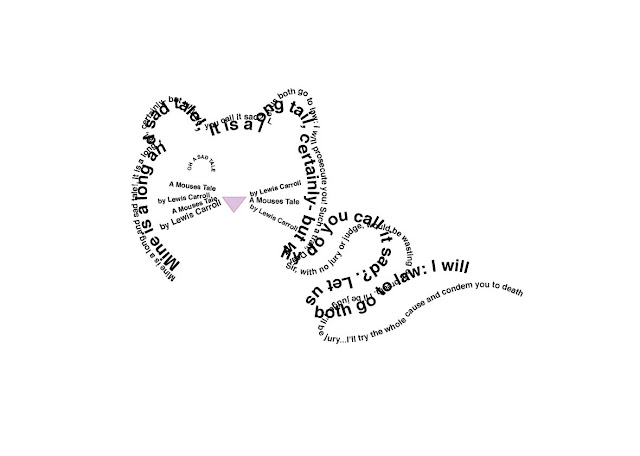The start of a new Studio Brief has us looking at signage, pictograms and how they work together. It is interesting to see how clear/ ambiguous signage is in different environments- and wether this is intentional or simply just poor design. Initial research begun by venturing into Leeds City Centre and photographing signage/ infographics in their settings.
Infographics and Symbols are used to create a visual identifier that has no language restrictions, which can be understood by pretty much anyone. These are drilled into society, yet are often shown with text in the native language, possibly to make comprehension clearer or to quicken the reading process.
Infographics //
These are all different in their meanings and visual identity, yet share commonality as well known and understandable symbols. The 'no pram permitted' and christianity symbols may not be spotted within everyday life, yet I feel these are still easily related to their intended meaning despite the increased complexity. The idea of colour and shape informing the design of a symbol/ infographic is outstandingly important for its readability. As humans we subconsciously associate different colours/ shapes with different meanings- it is essential to play on this mental framework in any future design ideas.
Signage//
The Trinity Shopping centre was an interesting case study where signage and colour are concerned. It seemed each level had a different colour to complement its 'identity' and clarity for shoppers of all ages to understand. The use of arrows and simplistic infographics are easily recognisable as a lift/ escalator, alongside places to eat. However, it seems it is not enough to simply have an infographic without the complementary text so not to arise confusion.
As Marks and Spencers is aimed at an older demographic, the signage and route planning is very clear from as soon as you enter the door. Not only are the aisles clearly formatted into walk ways and red routes for shoppers, the large overhead signage (complemented with lights) is directly in customers eye line, giving instant directions. This is important for older generations especially to defuse confusion, alongside providing clear, concise information if they just want to go to a specific section.
In contrast, younger shops such as TOPSHOP or TOPMAN are designed in an entirely different way. Ambiguity seems a key aspect of signage within the shop floors, encouraging shoppers to browse the circumference of the shop floor- ideally to draw them to other items on their travels. Arcadia is a huge fan of the 'red route', meaning shop floors are constructed with 'best sellers' and complementary items in the shoppers direct gaze, yet then other key pieces and basics (such as Denim) slightly off this manufactured route, pulling their attention in a zig-zag motion. With this in mind, the use of signage is slightly surplus (other than 'DOWN TO MORE WOMENSWEAR'/ 'UP TO TOPMAN' as younger people shopping generally want to browse, which is definitely the stores intention.
Leeds Train Station //
The signage throughout Leeds Train Station (and most other rail stations) are very consistent, clear and leave no room for confusion. Despite purposely coming through a smaller exit, from entrance it was clear what way to walk. This may be partly due to the corridor lay out, yet also the fluid use of arrows and complementary type aiding the infographics. Furthermore, as National Rail's guidelines for signage, type and infographics are so consistent with colour, shape and even X-Heights- even someone oblivious to the design could instantly recognise that they all work together- highlighting the necessity of harmony within signage.
Interesting street signage //
76, located on Wellington Road has an extremely unique 'to let' sign, compliment with the composition of the metal door signs. The elongation of the '6' breaches the square surface area, meaning a higher degree of cost would be needed to produce to allow for this overlap by using a larger scale material. The effect it creates is diverse and modern, suggesting that signage and information graphics can come off the page, exploring new realms of life in the outside world. In addition, this sign grabs my attention every time I walk past it through the rounded use of Obliques and a classic typeface, juxtaposed by the contemporary style via the extension. If I remember this sign, in theory other people may too?



























































